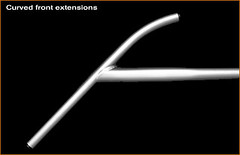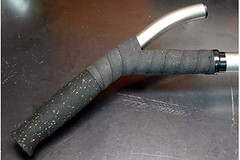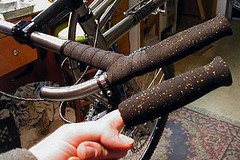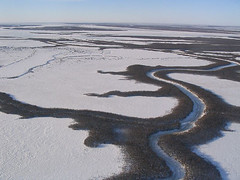
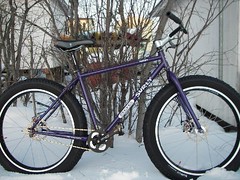
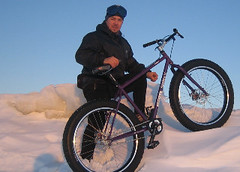
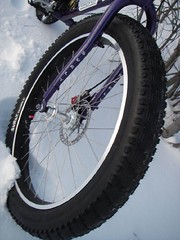
Psychodelic River Ride
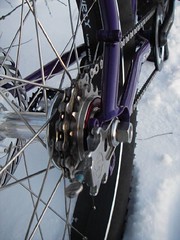
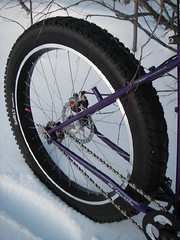
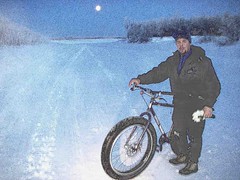

KB 150 Drawing Room
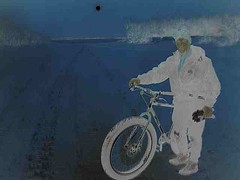
Rants, raves and news from the SPORTING desktop of Martin Leonard III. Kayak sport and renaissance in the Northland. Ice Biking and Fatbikes. Paddle surfing as a progressive sport for Alaskans. alaska kayak bike fatbike expedition surf paddle vodcast vlog tradition outdoor alaskan qayaq yupik cupig http://www.geocities.com/alaskan_outdoor_center/ http://www.geocities.com/qayaq_alaska/ http://alaskaruraldevelopment.blogspot.com/ http://alaskaruralbroadband.blogspot.com/
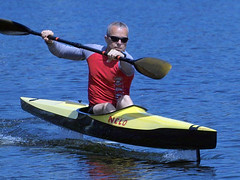



Pugsley and Surly related Copy
Read from various forums, correspondance, websites.
Compiled here in one archive!
TRIPS
Pat & Kathy's 160 mile bicycle beach ride
from near Hope to Homer,Alaska
Pugsley Canning Stock Route Adventure
Jakub's CSR Pugsley Adventure (from Surly website)
A Report on the 2006 Knik Glacier Expedition
DISCUSSIONS
Surly Pugsley Blog
Sand/snow bike build blog
Pugs on Snow
Pugsley Riding Tips
Pugsley Blog
Pugsley Transport
29er SnoCat offset wheelset for a Pugsley
Pugsley at Tour de Felasco
Need Pugsley Snow Bike Setup Help
Pugsley Pics From Today
Large Marge, Setup Info From Surly Spew
________________________________
SOME PHOTOS OF THE PUGSLEY
http://www.surlybikes.com/surlyblog.html
_________________________________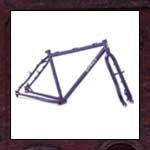
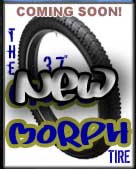
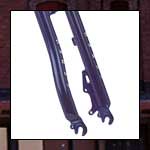
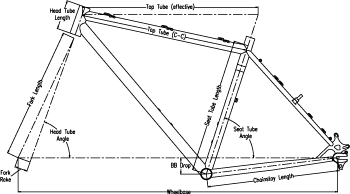
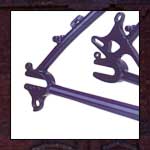
SPECS Pugsley Frameset | |
Tubing: |
|
Rear Dropouts: |
|
Braze compatibility: | Most rear international standard disc brakes or cantilever-type rim brakes (when using Large Marge) |
Braze-ons: | Cantilever bosses with removable pivots, dual water bottle mounts, top tube cable housing guides for use with continuous housing, fender and rack eyelets |
Seatpost : |
|
Seatpost dia: |
|
Headset: |
|
Front deraill: |
|
BB shell: |
|
Chainring clear: |
|
Fork: |
|
Sizes available: | 16", 18", 20" and 22" (measured from the center of the bb to the top of the top tube) |
Color: | Barney Blue/Purple Pearl Sizzurple |
Weight: | 18" medium- 5.66 lb (2.56 kg) |
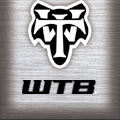
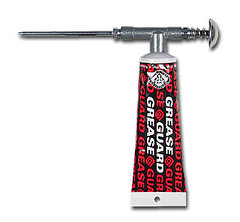


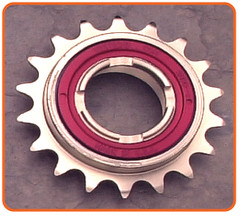
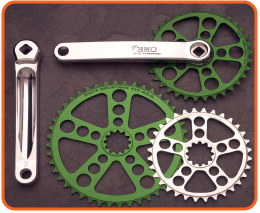
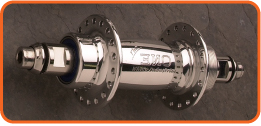
Phone: 541-535-2034 (10am to 5pm Pacific Time M-F)
Email: jeff@jonesbikes.com
